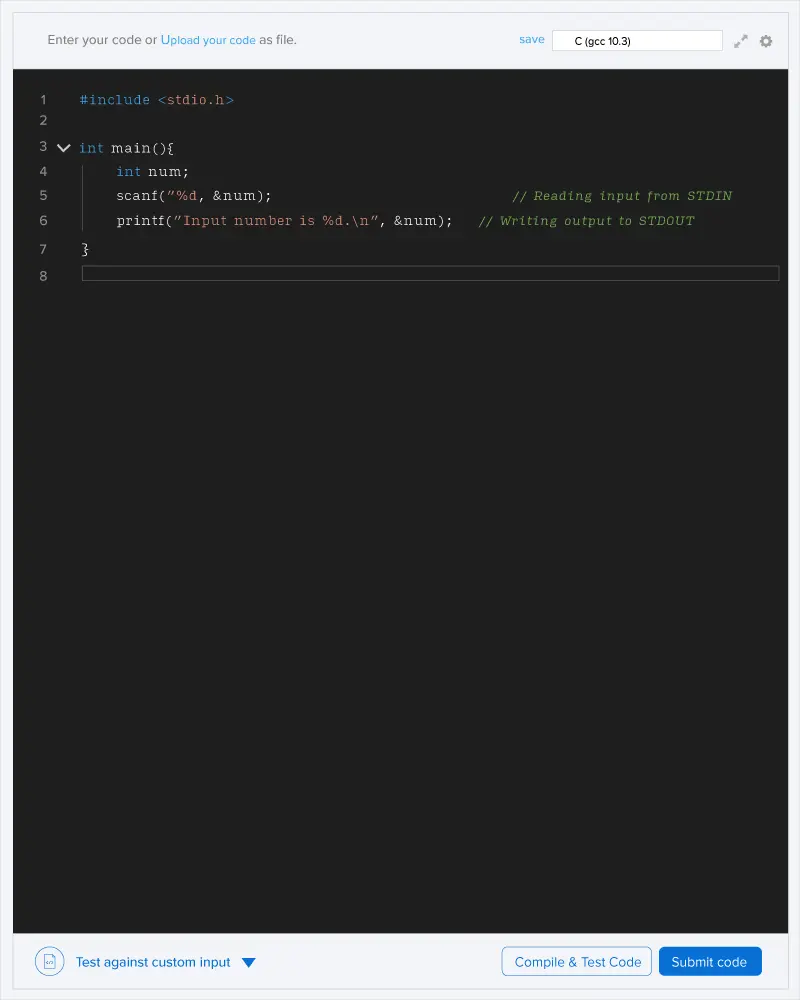Alice and Bob are playing a game with a (N+1)×(M+1) table. Let's denote the cell in the i-th row and j-th column (0≤i≤N, 0≤j≤M) by (i,j). The rules of the game are:
At the beginning, a gem is placed in some cell of the table.
The players alternate turns, Alice goes first.
In each turn, the current player must move the gem from its current cell (let's denote it by (x,y)) to the cell (x−1,y) or to the cell (x,y−1).
As soon as the gem is placed in a cell (x,y) with x=0 or y=0, the game ends.
The winner of the game is determined by the cell the gem ended up in and the player who moved it there; you are given this information for all possible terminal cells on the input. (Note that the gem never reaches the cell (0,0).)
You should answer Q queries. In each query, you are given the initial position (x,y) of the gem, and you should determine the winner of the game.
Input
The first line of the input contains a single integer T denoting the number of test cases. The description of T test cases follows.
The first line of each test case contains a single string with length M. For each i (1≤i≤M), the i-th digit of this string is '1' if the player that moves the gem to the cell (0,i) loses the game or '0' if this player wins.
The second line contains a single string with length N. For each i (1≤i≤N), the i-th digit of this string is '1' if the player that moves the gem to the cell (i,0) loses the game or '0' if this player wins.
The third line contains a single integer Q denoting the number of queries.
Each of the following Q lines contains two space-separated integers x and y describing one query.
Output
For each test case, print a single line containing a string with length Q. For each valid i, the i-th digit should be '1' if Alice wins the game for query i or '0' if Bob wins that game.
Constraints
1≤N,M,Q≤10^5
1≤x≤N
1≤y≤M
the sum of N+M+Q over all test cases does not exceed 10^6

